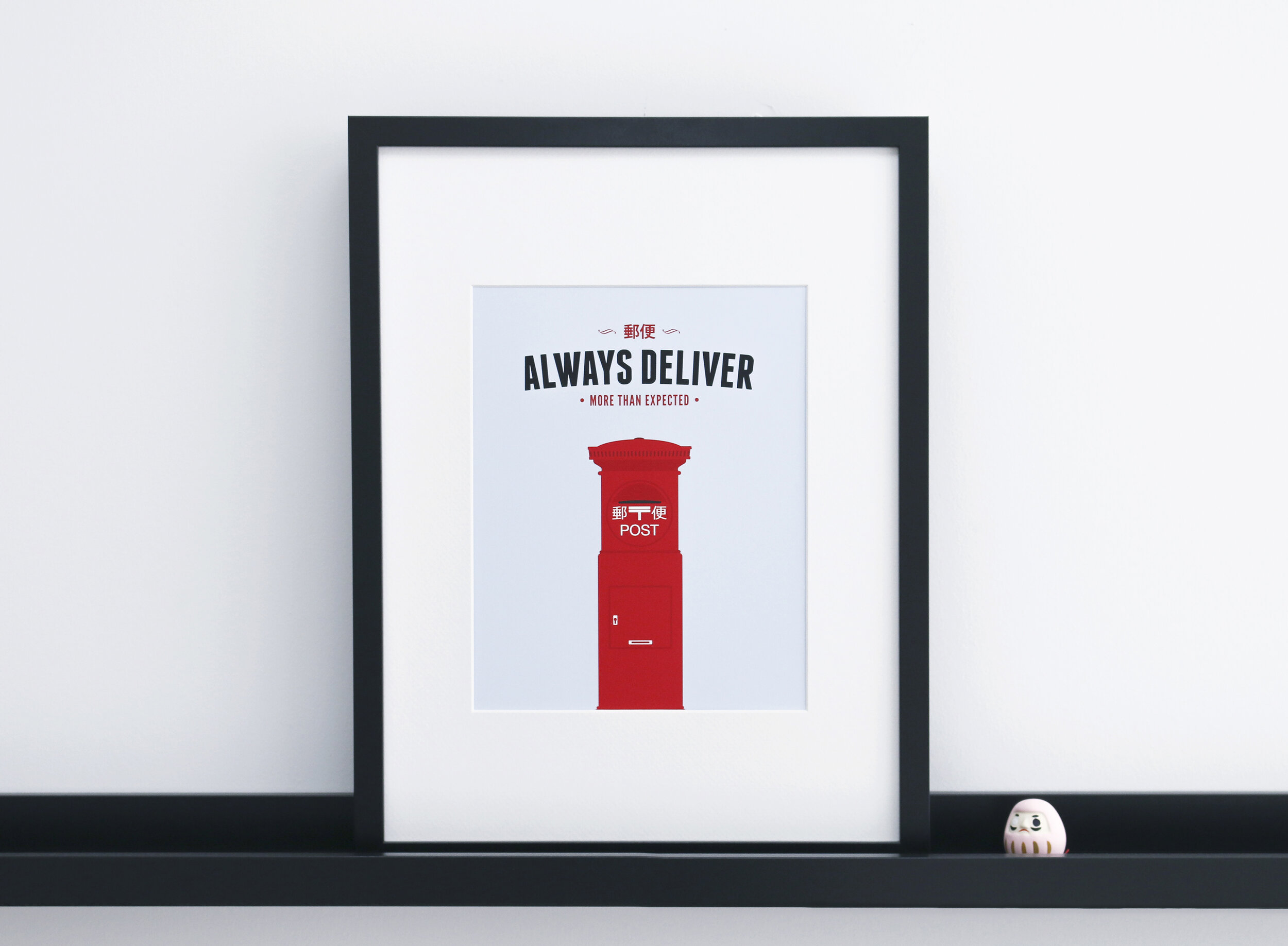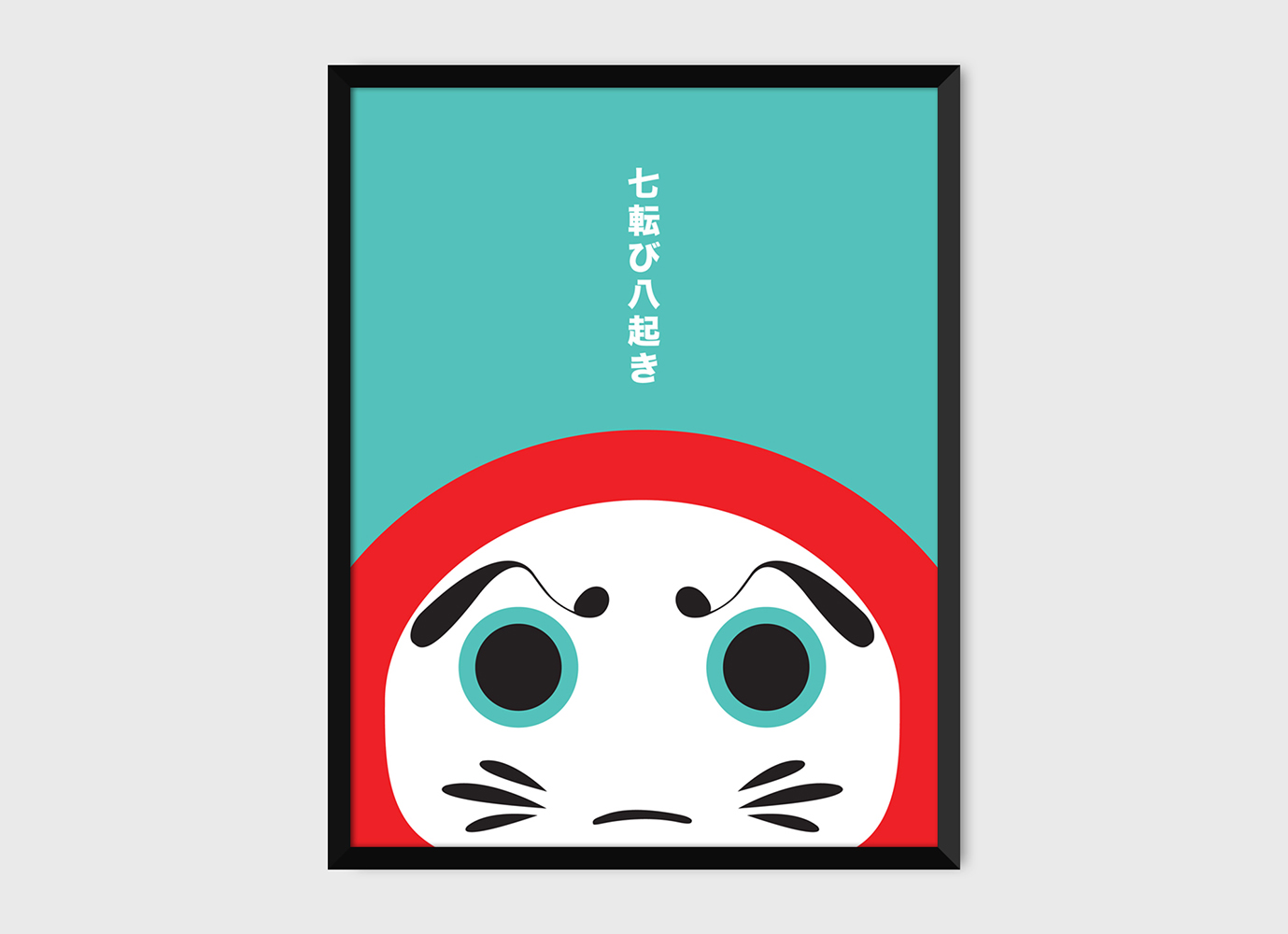Time flies! We can’t believe that it has been 2 years since we first published our initial set of prints on Etsy. 2 years... wow! The second year saw some new prints added to the collection, expansion into new social media channels, as well as some major changes that were in the process and you will hear about very very soon! ;)
We are extremely grateful for all the support and advice we received from our friends and family, and the positive reviews we received from our customers and fans! The third year will be a very busy year for us. We are looking to expand the PICA library, the blog posts, social, with lots more to come! The greatness is coming!!!
*blowing out candles* ゝ(▽`*ゝ)


























